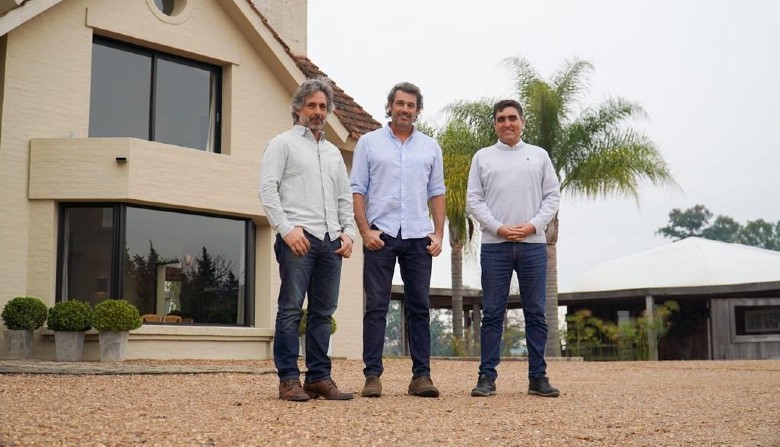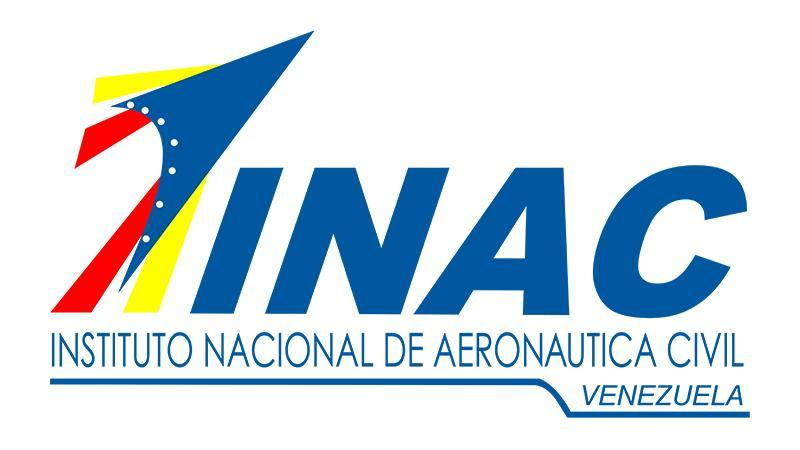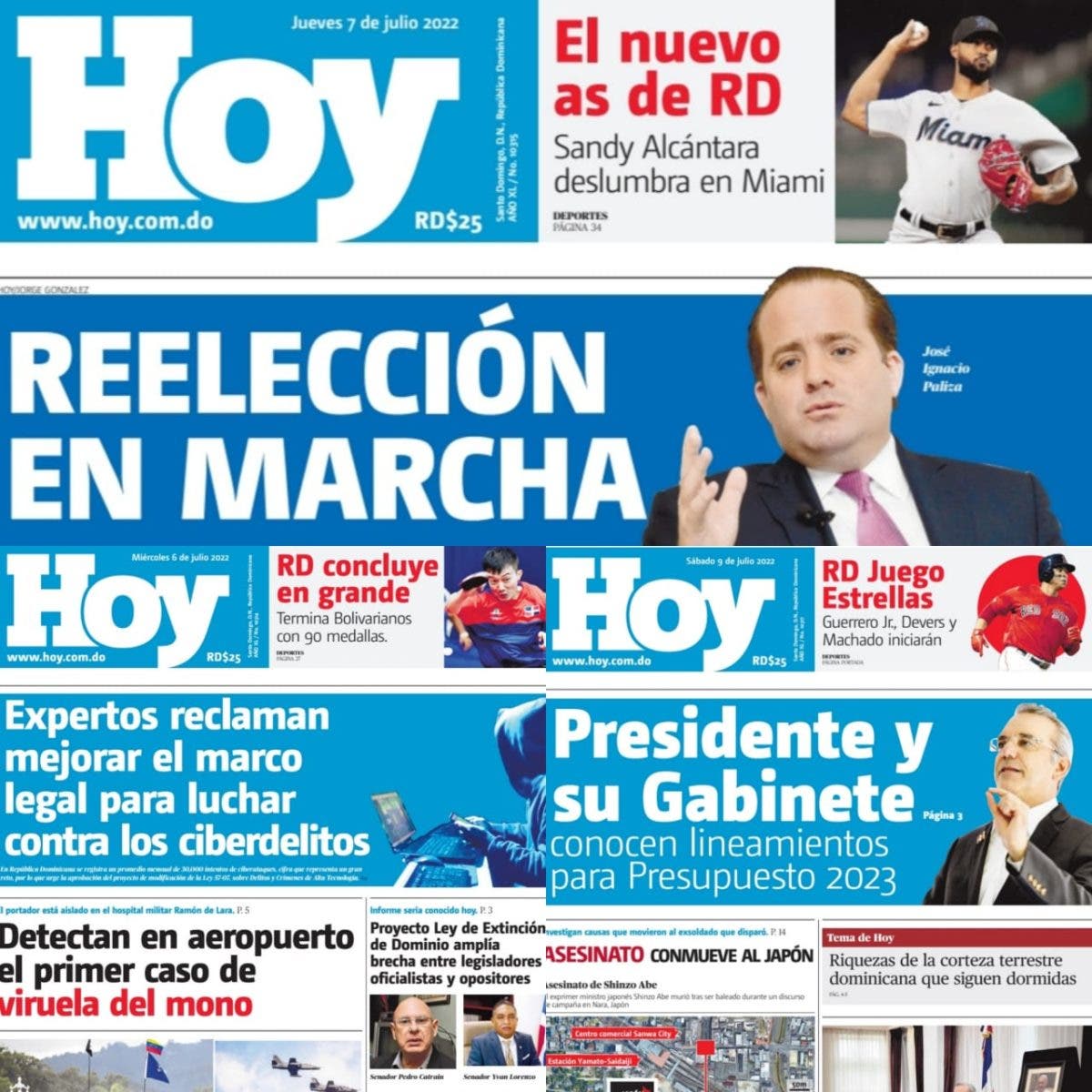In dialogue with Diario La R, the mayor of Salto Andres Limahighlighted the fact that “it is not necessary to recategorize the land”, something that would take “years” and highlighted that the initiative will have an integrating spirit with the area, since it will be located within the city.
What is the “La Calandria” project about?
The project deals with a series of houses that are going to be composed of a maximum of four bedrooms, from one to four. In a first stage, the property will consist of eight hectares. As far as investment is concerned, it is going to be a fairly big move in terms of employment. What we are doing at the moment is hiring specialized technicians on the subject, who are working with the territorial planning of the Salto Intendancy.
How was this idea born?
We made a call to interested parties, whose time expired on May 31 last. It was aimed at businessmen who had the intention of carrying out neighborhoods of this type. Three proposals were presented and we publicly stated that from there with a term of 60 days, the regulatory framework was prepared.
When does the project start?
The project starts this year, more about the beginning of spring. There begins to build; We already have the construction company, while the project is already assembled and presented to the mayor. From the commune we gave him the go-ahead. We also put together the regulatory framework that is needed for construction. We generate an area within the city, specifically it will be located north of the City of Salto, where we authorize the building. In fact, for that area, there are a total of three proposals. Specifically this is the largest, then there are two more residential in the same area of the city. As far as businessmen are concerned, they are all nationals.
The generation of work in La Calandria
How does this plan encourage work?
The most important counterparts are those that have to do with work, that without a doubt. The work will generate more than 100 jobs in terms of the construction itself. Then, when the neighborhood is up and running, it will need to hire workers for different tasks such as: security and maintenance. What we are looking for is that it be an integrating proposal, that is, that it be within the city. There were other proposals, but they were very far from what the city is. However, in this case we want it to have a link with the city, to merge with the community and not be something isolated with the least possible link.
Are there more projects of this caliber?
Yes. There are two more. Of the three proposals for the residential neighborhoods that we have, one of them has three hectares in total, the second is four and the third, which is La Calandria, is eight.
They are all located north of the city. The Departmental Board of Salto is responsible for the authorization of the figure “Residential Neighborhood”, because it does not exist.
If you go to the Municipality of Salto and ask for authorization to build a house, it can be carried out, if authorization is requested to build a building, it becomes effective if the height and other requirements established in the regulations are met; that is, it can be done because it is contemplated. Now, the construction of a residential neighborhood is not planned, because the figure does not exist as such. That is what the Departmental Board is going to deal with, the creation of its figure so that it is located in the aforementioned area of the city; in this case the north of it. Today there are these three proposals, but tomorrow some more may arise. If a fourth proposal appears, when the departmental board votes, it has to be in that area of the city, and under the regulations approved by the Salto Departmental Board.
Lto land recategorization
How have they solved it?
The positive is also that it is not necessary to recategorize the soil, which is generally sometimes the most complex. It happens that in a process of this type, it can extend to years, even because it is necessary to clarify whether there is real estate speculation or not, authorization is needed from various ministries, such as the Environment and Housing. Then other authorizations would be required that the departmental board would have to grant. It is important to mention again that there is no land requalification here. The element that can most lead to discussion is the recategorization of the land, but in this case it is not present. In Salto there are no neighborhoods of this type, it is not in the regulations or the territorial ordering. In the last one, which dates back to 2012, the figure of a project of this type is not foreseen.
What does society think?
That discussion took place last year. At that time there were other proposals to the south of the city, but the recategorization of the land is needed, the area that was proposed was somewhat broader and narrower. That generated a discussion at the departmental level, had the pronouncement of the University of the Republic. The discussion took place based on a proposal that was presented at that time. But on this project, there have been no repercussions from departmental or national institutions that speak out against the project. We have had no reluctance. It is within the city center, with those characteristics that it is integrated with society.







